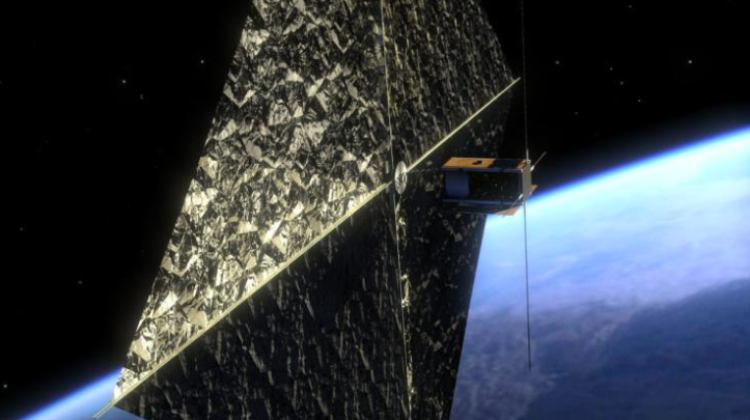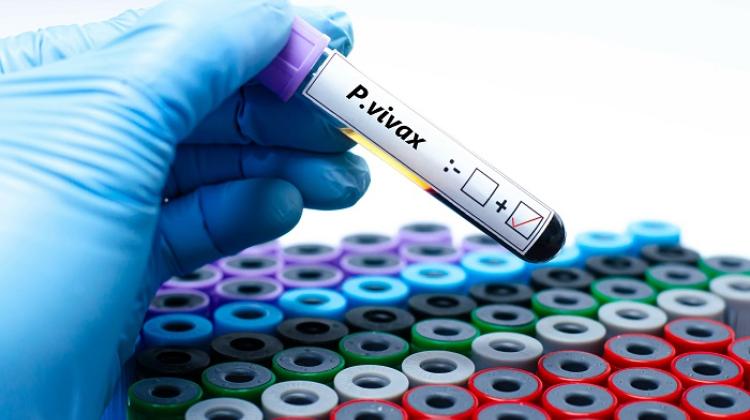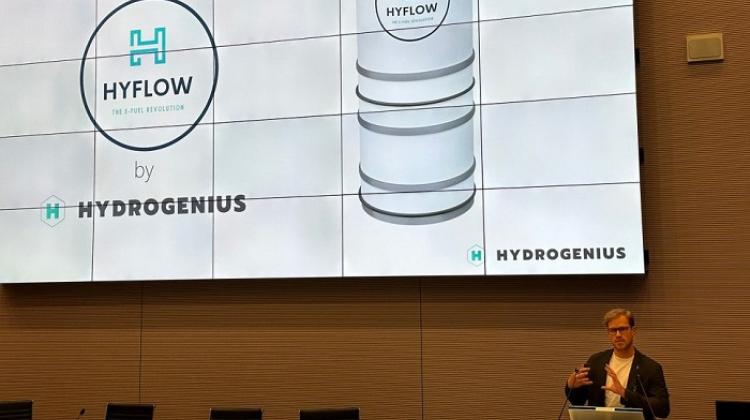PW-Sat2 is ready for the autumn launch
 PW-Sat2. Fig. Warsaw University of Technology
PW-Sat2. Fig. Warsaw University of Technology
Student satellite PW-Sat2 is ready for the autumn launch into space. In the Netherlands, it has been attached to the container, in which it will be located during the launch of the SpaceX Falcon 9 rocket. This autumn it will travel to the U.S., where it will be placed on a rocket and launched into space.
At the turn of 2018, the PW-Sat2 satellite built by members of the Students Space Association at Warsaw University of Technology completed the necessary tests before being launched into space. In May 2018 it was fully integrated, tested and prepared for takeoff. After that, it was waiting in a cleanroom for the next important step - integration with QuadPack, the container, in which the satellite will be located during the rocket launch.
Integration with QuadPack was successfully completed on July 26 at the headquarters of Innovative Space Logistics in Delft, the Netherlands. According to the release sent by the constructors of the satellite, in autumn the container will be transported to the United States, where it will be placed on the SpaceX Falcon 9 rocket.
PW-Sat2 is a 10x10x22 cm CubeSat satellite built by Warsaw University of Technology students. The main goal of its upcoming mission is to test an innovative deorbitation system in the form of a large sail. The system is designed to shorten the satellite`s time in orbit from over fifteen years to several months. This is a very important invention in the context of the growing problem of space debris.
The satellite was designed since 2013 by a team of students associated in the Students Space Association, which has been operating at the Faculty of Power and Aeronautical Engineering of Warsaw University of Technology since 1996. In 2016, a contract was signed to carry PW-Sat2 into orbit aboard the Falcon 9 rocket, the launch of which is scheduled for late autumn 2018. The constructors of the device note that the launch date might change.
PW-Sat2 will be carried on board the Falcon 9 rocket along with SSO-A mission from the Vandenberg base in California. According to the latest data, more than 70 other satellites, mainly CubeSats, will be carried into space together with PW-Sat2, the PW-Sat2 team reports.
After the rocket enters the orbit, satellites will be gradually released. PW-Sat2 will be the second satellite to be pushed out from the container it will share with the German MOVE-II satellite, and then its basic subsystems will be launched. During the first 30 minutes of radio silence, basic data from the satellite subsystems will be collected. After 40 minutes, antennas will open and an attempt will be made to stabilize the satellite`s rotation. The PW-Sat2 mission will continue for 40 days, during which several experiments will be carried out.
More than 100 people took part in the PW-Sat2 project over the 5 years of its duration. The last weeks are primarily preparations of the ground station and software for radio amateurs. "Together with SoftwareMill, we will make an application available that will allow to track the satellite mission status and upload messages received from orbit. Cooperation with programmers from Future Processing allowed to create on-board computer software and a number of tools supporting the tests, daily operation and communication with the satellite. Some of those tools are now available on our GitHub, and there will be more. We are also working on the final documentation of the project, which we would like to make available to the public along with the repositories of code used in the work on the satellite" - the students announce.
They also seek support for sending a student group to the October launch of the Falcon 9 rocket to California. People or companies that want to help them in this undertaking can write to: kontakt@pw-sat.pl.
In February 2012, the first Polish satellite PW-Sat, also built by students of Warsaw University of Technology, was launched into orbit. Active contact with the satellite lasted about half a year after it was put in orbit, after which the satellite went into the state of complete hibernation. At that time, one of the subsystems failed, which contributed to the difficulty of receiving the command to open the deorbitation tail by the satellite. The constructors of the second satellite assure that PW-Sat2 will be ready to deal with such a failure and carry out its mission automatically, even in the event of loss of communication with the satellite.
PAP - Science in Poland
ekr/ agt/ kap/
tr. RL
Przed dodaniem komentarza prosimy o zapoznanie z Regulaminem forum serwisu Nauka w Polsce.


















